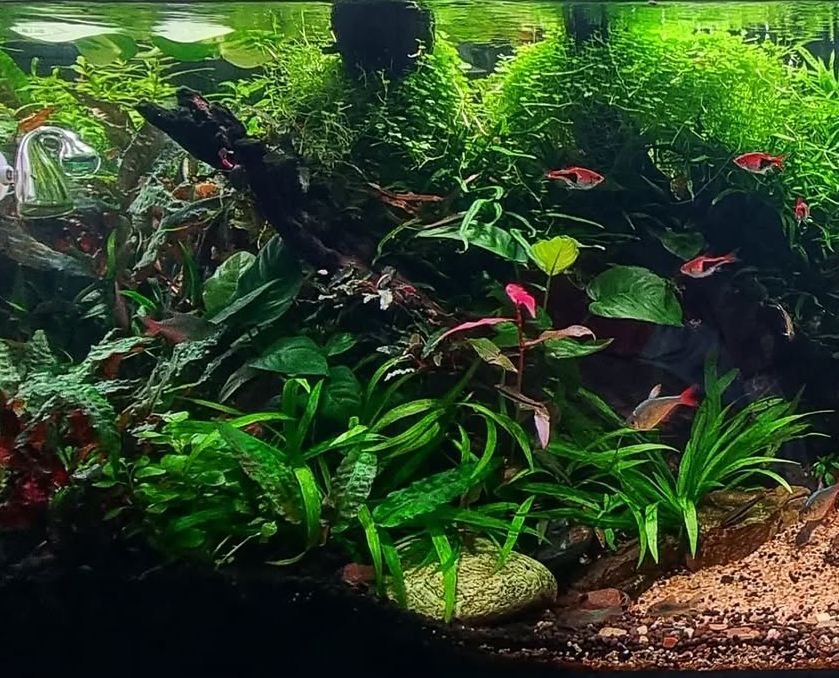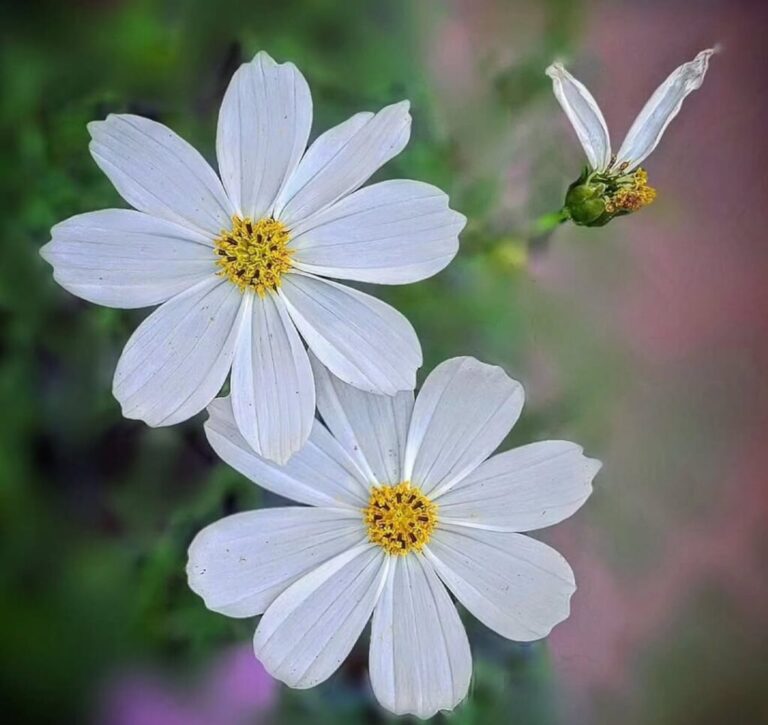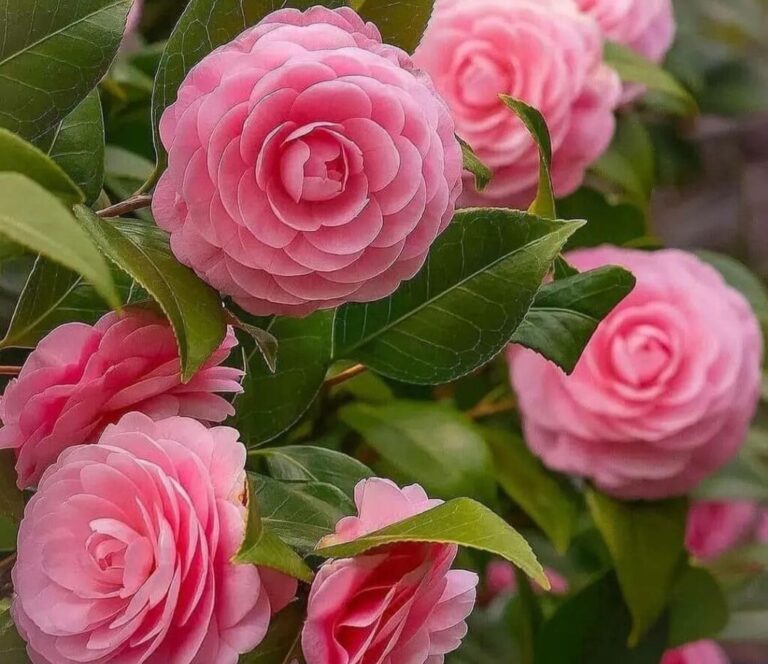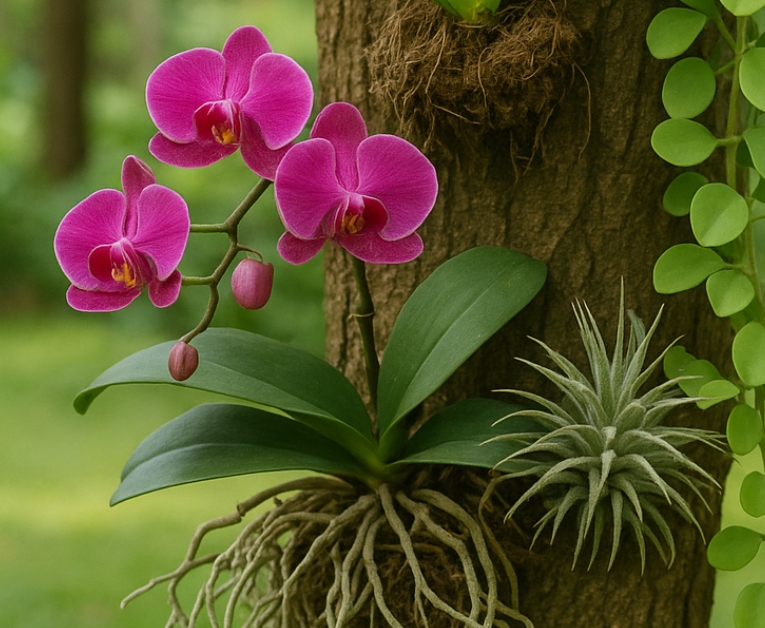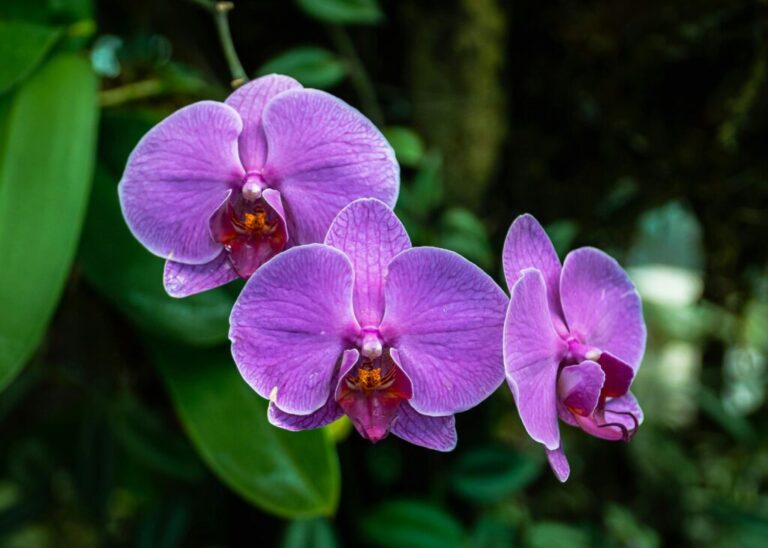Adding live plants to an aquarium does more than enhance its beauty—it creates a balanced, healthy environment for fish. Aquarium plants help oxygenate the water, absorb harmful toxins, and provide natural hiding spots, reducing stress for aquatic life.
For beginners, choosing the right plants is key to success. Some species require minimal care, thrive in a variety of conditions, and grow without the need for CO₂ injections or specialized lighting. Whether you’re setting up your first planted tank or looking for hassle-free greenery, this guide covers the 10 best beginner-friendly aquarium plants that will flourish with little effort.
- 1 Marimo Moss Ball
- 2 Amazon Sword
- 3 Cryptocoryne Wendtii
- 4 Aponogeton Crispus
- 5 Bacopa Caroliniana
- 6 Christmas Moss
- 7 Vallisneria
- 8 Java Fern
- 9 Cryptocoryne Lutea
- 10 Dwarf Sagittaria
- 11 Final Tips for a Thriving Planted Aquarium
- 12 Common Problems and Solutions for Aquarium Plants
- 13 Yellowing or Browning Leaves
- 14 Melting Leaves (Common in Crypts and Amazon Swords)
- 15 Slow Growth or Weak Plants
- 16 Algae Overtaking Plants
- 17 FAQ
Aquarium Plant Care
| Task | Frequency | Notes |
|---|---|---|
| Lighting Duration | Daily (6–8 hours) | Too much light causes algae; use a timer for consistency. |
| Check Water Parameters | Weekly | Ensure pH, ammonia, nitrites, and nitrates are balanced. |
| Liquid Fertilizer Dosing | 2–3 times per week | Adjust based on plant type and nutrient needs. |
| Root Tabs Placement | Every 2–3 months | Needed for root-feeding plants like Amazon Swords. |
| Trimming and Pruning | Weekly | Remove dead leaves and trim overgrown stems. |
| Water Changes | Weekly (20–30%) | Helps control excess nutrients and algae growth. |
| Algae Control | As needed | Reduce lighting if algae appears; add algae-eating fish or shrimp. |
| Check for Nutrient Deficiencies | Monthly | Look for yellowing, holes in leaves, or slow growth. |
| CO₂ Adjustment (if used) | Weekly | Ensure proper CO₂ levels for healthy growth. |
| Replanting or Propagation | As needed | Trim and replant stem plants to maintain shape. |
Marimo Moss Ball

Marimo moss balls are among the easiest aquatic plants to care for. While they’re technically a type of algae, they grow into attractive round shapes that require no special lighting or fertilizers. Gently roll them during water changes to maintain their form. They’re ideal for betta and goldfish tanks.
Amazon Sword
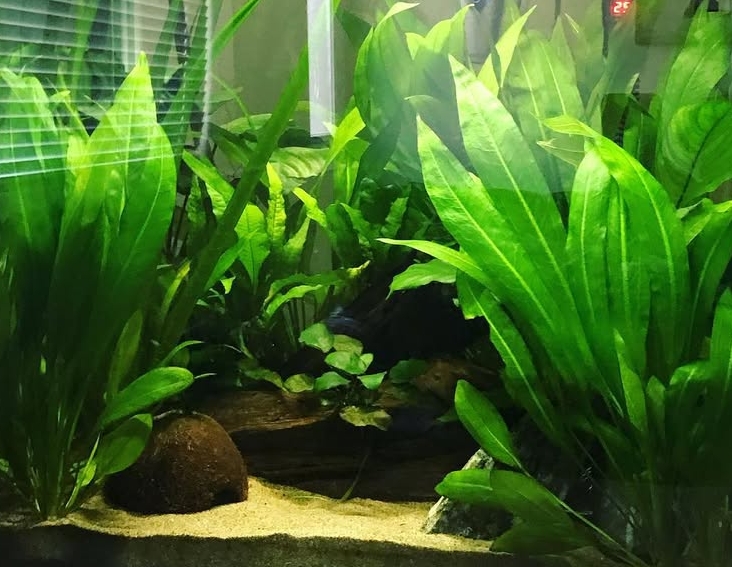
Known for its broad, vibrant green leaves, the Amazon Sword is a hardy plant that thrives in various conditions. Since it’s a root feeder, supplementing it with root tabs ensures healthy growth. When introduced to a new tank, older leaves may melt, but fresh submerged leaves soon emerge.
Aquarium Plant Problems and Solutions
| Problem | Cause | Solution |
|---|---|---|
| Yellowing Leaves | Lack of nitrogen or iron | Add liquid fertilizer or root tabs. |
| Melting Leaves | Sudden environmental changes | Wait for the plant to adjust; avoid moving plants too often. |
| Algae Overgrowth | Excess light or nutrients | Reduce lighting, add algae-eating fish, or perform frequent water changes. |
| Slow Growth | Low light or lack of nutrients | Increase lighting duration and dose fertilizers. |
| Holes in Leaves | Potassium deficiency | Add a potassium-rich fertilizer. |
| Plants Not Rooting Well | Poor substrate or lack of root tabs | Use a nutrient-rich substrate and place root tabs. |
| Brown Spots on Leaves | Phosphate deficiency or algae growth | Adjust phosphate levels and remove algae manually. |
| Floating Plants Turning Yellow | Too much surface agitation or low nutrients | Reduce water flow and dose liquid fertilizers. |
Cryptocoryne Wendtii

Cryptocoryne Wendtii is a hardy, low-maintenance plant that adapts well to various water conditions. It thrives in low light and requires minimal fertilization, making it perfect for beginners. Its wavy, textured leaves add depth to aquascapes. Occasional melting may occur after planting, but new growth quickly emerges as the plant adjusts.
Aponogeton Crispus
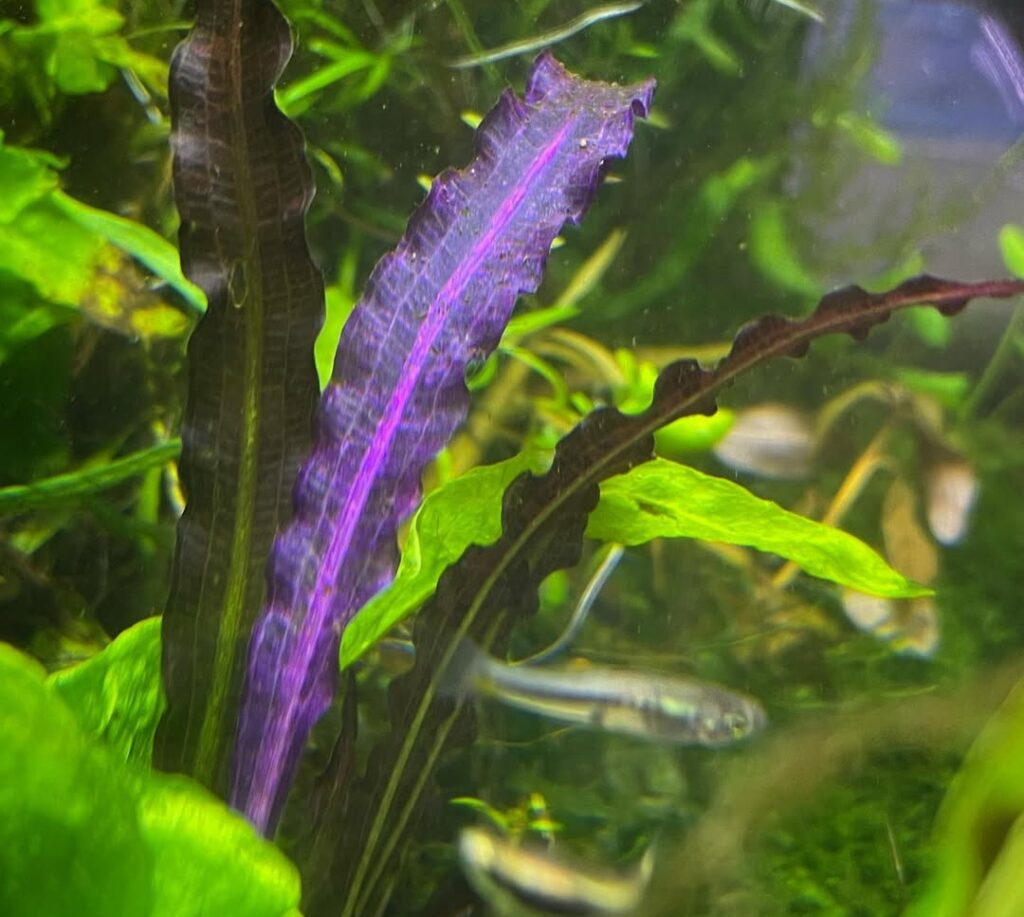
Aponogeton Crispus is a striking aquatic plant known for its long, wavy leaves and fast growth. It thrives in moderate lighting and benefits from nutrient-rich substrates. This plant naturally enters a dormant phase, during which its leaves may die back, but it will regrow once conditions are favorable again.
Bacopa Caroliniana
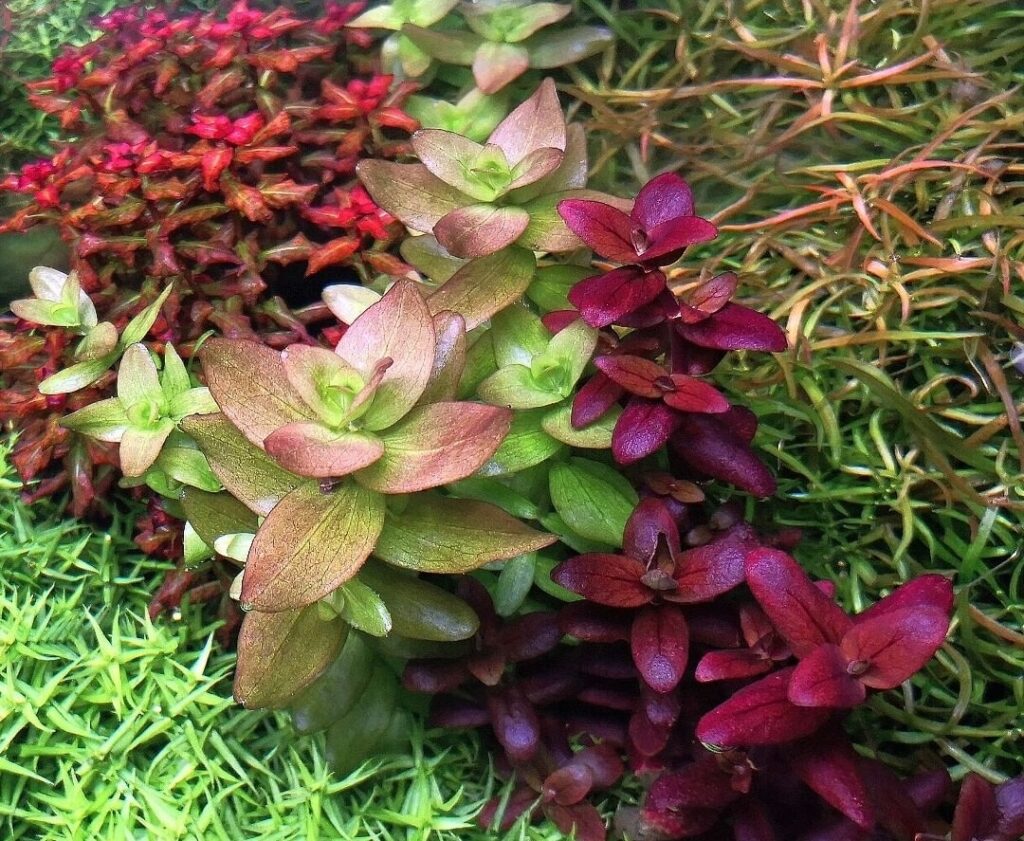
Bacopa Caroliniana is an easy-to-grow stem plant with bright green leaves that emit a minty aroma when crushed. It adapts to various light levels but grows best under moderate lighting. Regular trimming encourages bushy growth. While slow-growing, it requires minimal maintenance, making it ideal for beginner aquariums.
Christmas Moss
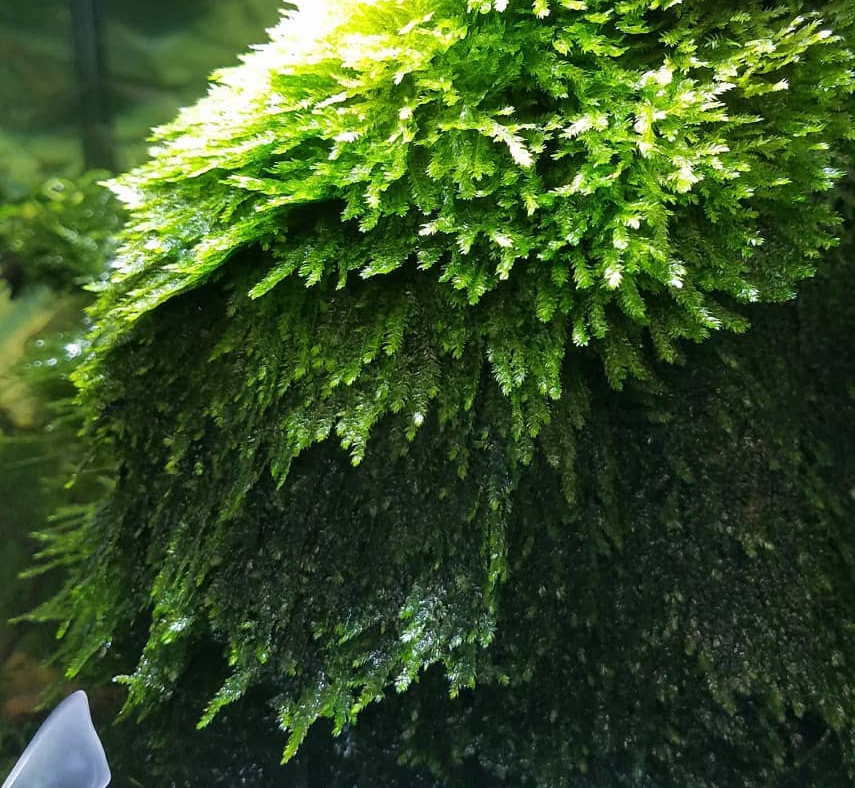
Christmas Moss is a beautiful, low-maintenance moss that forms dense, carpet-like growth. It attaches to rocks and driftwood, creating a natural look in aquariums. It thrives in low to moderate light and requires no substrate. Occasional trimming prevents overgrowth, and gentle water flow enhances its lush, bushy appearance.
Vallisneria
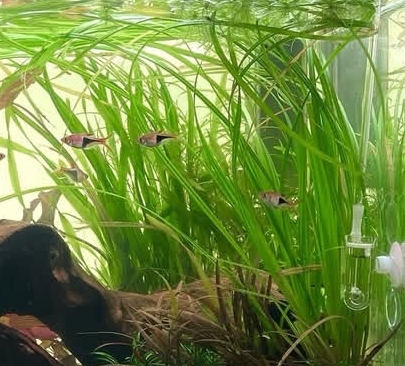
Vallisneria, or “Val,” is a fast-growing, grass-like plant that thrives in a variety of conditions. It spreads quickly through runners, creating a lush background in aquariums. It prefers moderate light and does well in most substrates. Regular trimming helps control its height, preventing it from overshadowing smaller plants.
Java Fern
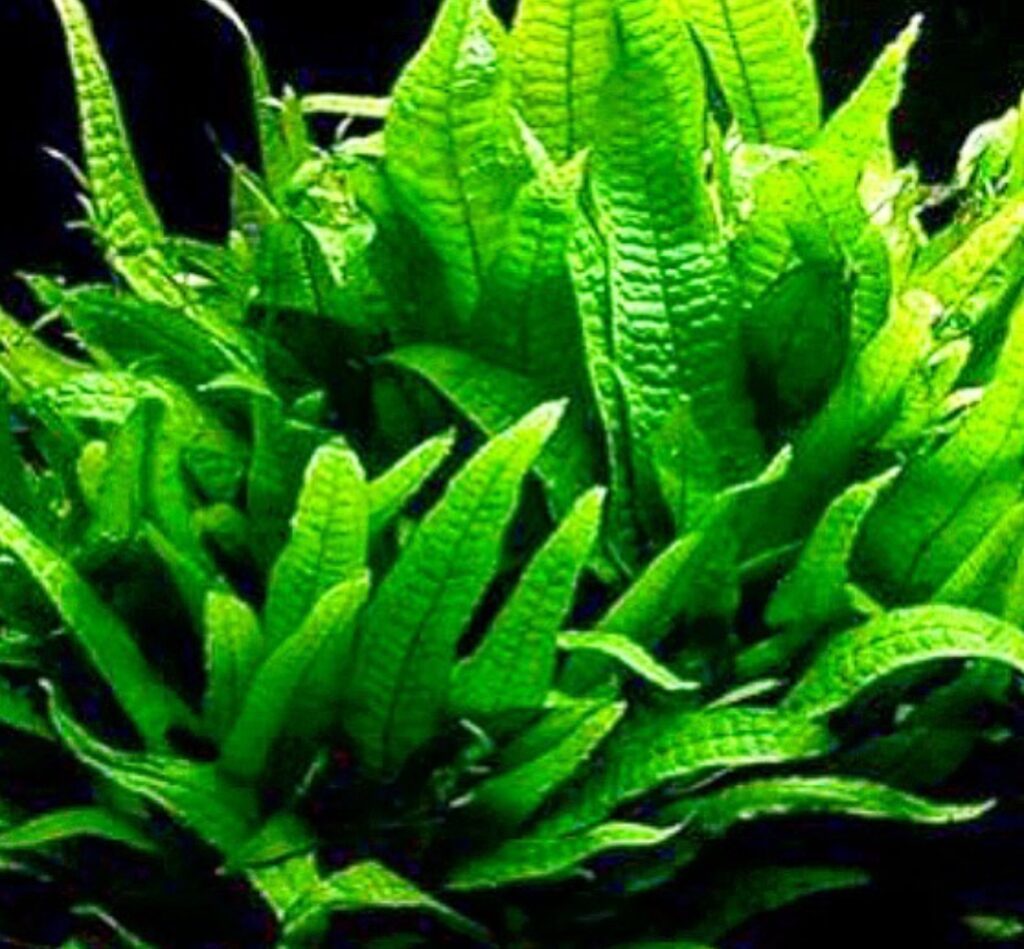
Java Fern is one of the most beginner-friendly aquarium plants. Unlike most rooted plants, it should not be buried in the substrate. Instead, attach it to driftwood or rocks. It absorbs nutrients directly from the water and naturally propagates by growing small plantlets on its leaves
Cryptocoryne Lutea
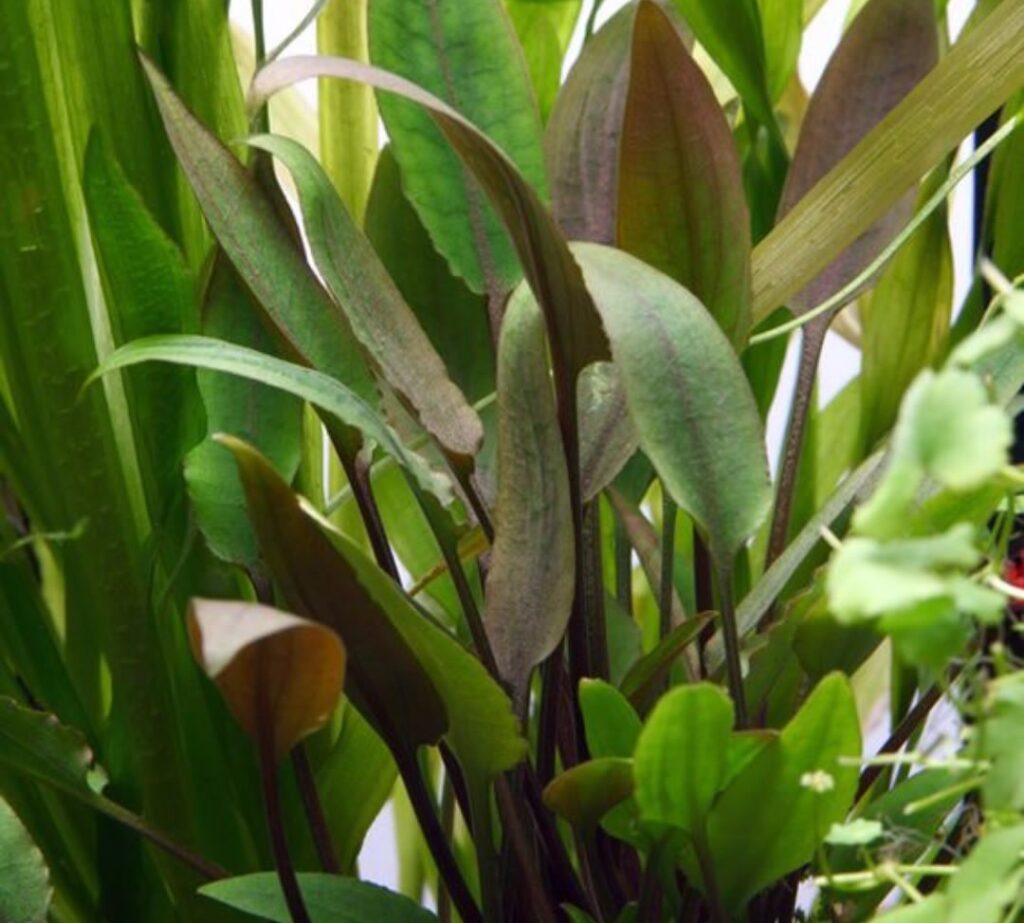
Cryptocoryne Lutea is a hardy, slow-growing plant that adds rich green color to aquariums. It thrives in low to moderate light and adapts well to different water parameters. This plant rarely needs trimming and is ideal for beginners. Like other Cryptocorynes, it may experience melting but recovers with time.
Dwarf Sagittaria
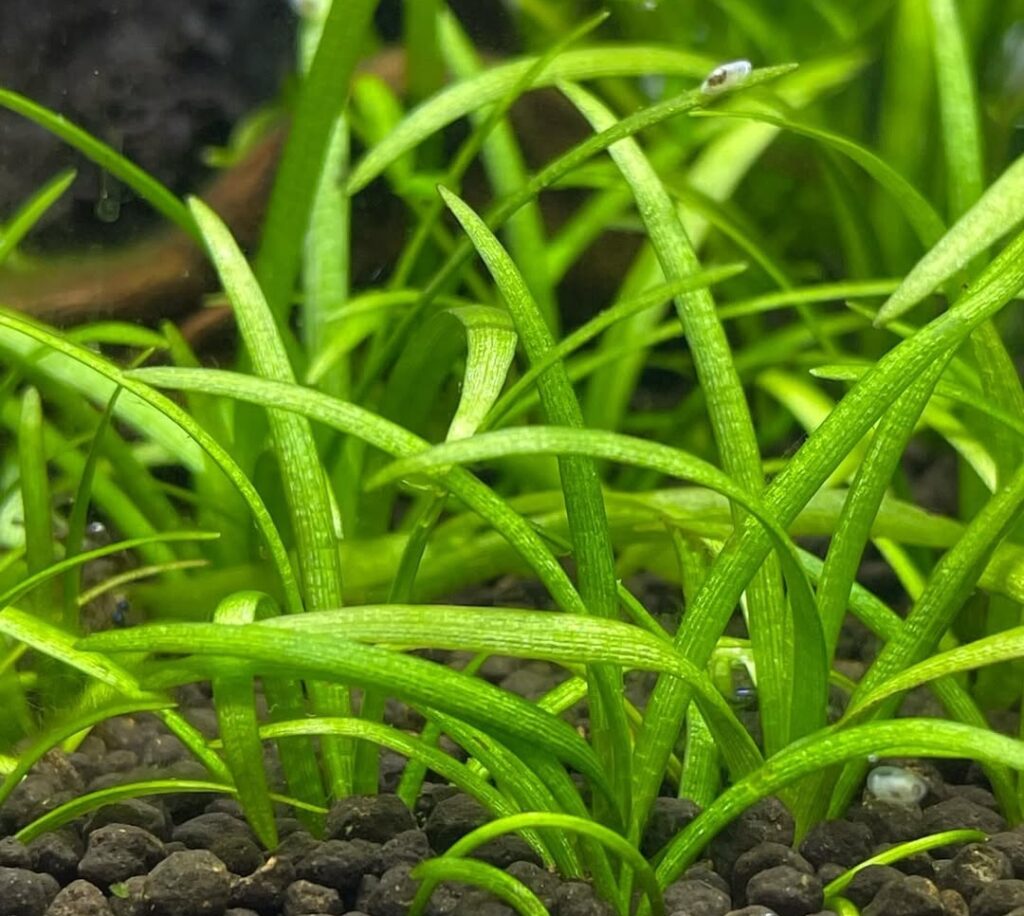
Dwarf Sagittaria is a fast-growing, grass-like plant that forms a dense foreground carpet. It thrives in various lighting conditions and spreads through runners. Minimal care is needed, making it perfect for beginners. If growth slows, adding root tabs helps boost nutrients, ensuring vibrant green, healthy foliage.
Final Tips for a Thriving Planted Aquarium
Creating a lush, healthy aquarium is all about balance—proper lighting, nutrients, and stable water conditions. Even low-maintenance plants need occasional fertilization and trimming. If plants show signs of deficiencies, adding root tabs or liquid fertilizers can help. With consistent care, your aquatic plants will flourish, enhancing your tank’s beauty and ecosystem.
Common Problems and Solutions for Aquarium Plants
Yellowing or Browning Leaves
Cause: Nutrient deficiency, low lighting, or natural aging.
Solution: Boost plant health with liquid fertilizers or root tabs. Adjust lighting to meet plant needs and trim old leaves to encourage new growth
Melting Leaves (Common in Crypts and Amazon Swords)
Cause: Transition shock or unstable water conditions.
Solution: Allow time for plants to acclimate—most will recover. Keep water parameters stable and avoid sudden temperature or pH shifts.
Slow Growth or Weak Plants
Cause: Nutrient imbalance, insufficient light, or lack of CO₂.
Solution: Provide a nutrient-rich substrate or fertilizers. Adjust lighting for better photosynthesis. While CO₂ isn’t required for beginner plants, a small boost can improve growth.
Algae Overtaking Plants
Cause: Too much light, excess nutrients, or poor water circulation.
Solution: Limit lighting to 6–8 hours daily. Perform regular water changes and introduce algae-eating shrimp, snails, or fish to help maintain balance.
Plants Floating Instead of Staying Rooted
Cause: Loose substrate or new plants not yet established.
Solution: Replant stems deeper and use plant anchors or small rocks to secure them until roots develop.
Holes in Leaves
Cause: Potassium deficiency or fish nibbling on plants.
Solution: Add a potassium-rich fertilizer. If fish are the problem, opt for plant-friendly species or provide alternative food sources.
By addressing these common challenges, you can maintain a vibrant and thriving aquarium with minimal effort. A well-balanced tank benefits both plants and fish, creating a natural, self-sustaining underwater environment.
FAQ
What are the best aquarium plants for beginners?
Some of the easiest plants to grow include Anubias, Java Fern, Java Moss, Amazon Sword, Vallisneria, and Hornwort. These plants thrive in various conditions, require little maintenance, and grow well without CO₂ injection.
How often should I fertilize my aquarium plants?
Root-feeding plants like Amazon Swords need root tabs every 4–6 weeks, while water-column feeders like Java Fern benefit from weekly liquid fertilization. If using CO₂, increased nutrient availability is essential for balanced growth.
Do aquarium plants need special lighting?
Basic LED lights work for low-light plants like Anubias and Java Moss, while medium to high-light plants require stronger lighting (6,500K–7,000K). Keeping lights on for 6–8 hours a day prevents algae and supports healthy plant development.
Is CO₂ necessary for aquarium plants?
While many beginner plants grow well without CO₂, it can enhance growth and color vibrancy. High-demand plants like carpeting species (Monte Carlo, Dwarf Baby Tears) benefit greatly from added CO₂.
How can I prevent algae in my planted tank?
Maintain a balanced ecosystem by limiting lighting to 6–8 hours, avoiding overfeeding, and using fertilizers correctly. Adding algae-eating species like Amano shrimp or Otocinclus catfish helps keep algae under control. Regular water changes also prevent excessive buildup.
Can aquarium plants grow in gravel?
Yes! Many plants, including Vallisneria and Amazon Swords, grow in gravel but may need root tabs for nutrients. Epiphytic plants like Anubias and Java Fern can attach to driftwood or rocks instead of being planted in the substrate.
Why are my aquarium plants turning yellow?
Yellow leaves often signal nutrient deficiencies, poor lighting, or unstable water parameters. Ensuring a steady supply of essential nutrients like iron and potassium, along with proper lighting, will prevent discoloration and promote healthy growth.
Can I have aquarium plants without fish?
Yes, but without fish waste to provide natural nutrients, you’ll need to add fertilizers. Shrimp and snails can help maintain a balanced environment while contributing to nutrient cycling.
How do I propagate aquarium plants?
Propagation depends on the plant type. Stem plants like Bacopa and Rotala grow from cuttings, while runners from Vallisneria and Dwarf Sagittaria produce new plants. Anubias and Java Fern multiply by rhizome division.
Do aquarium plants improve water quality?
Absolutely! Plants absorb nitrates, reduce ammonia, and boost oxygen levels, creating a healthier environment for fish. They also prevent algae overgrowth and provide shelter for aquatic life.
